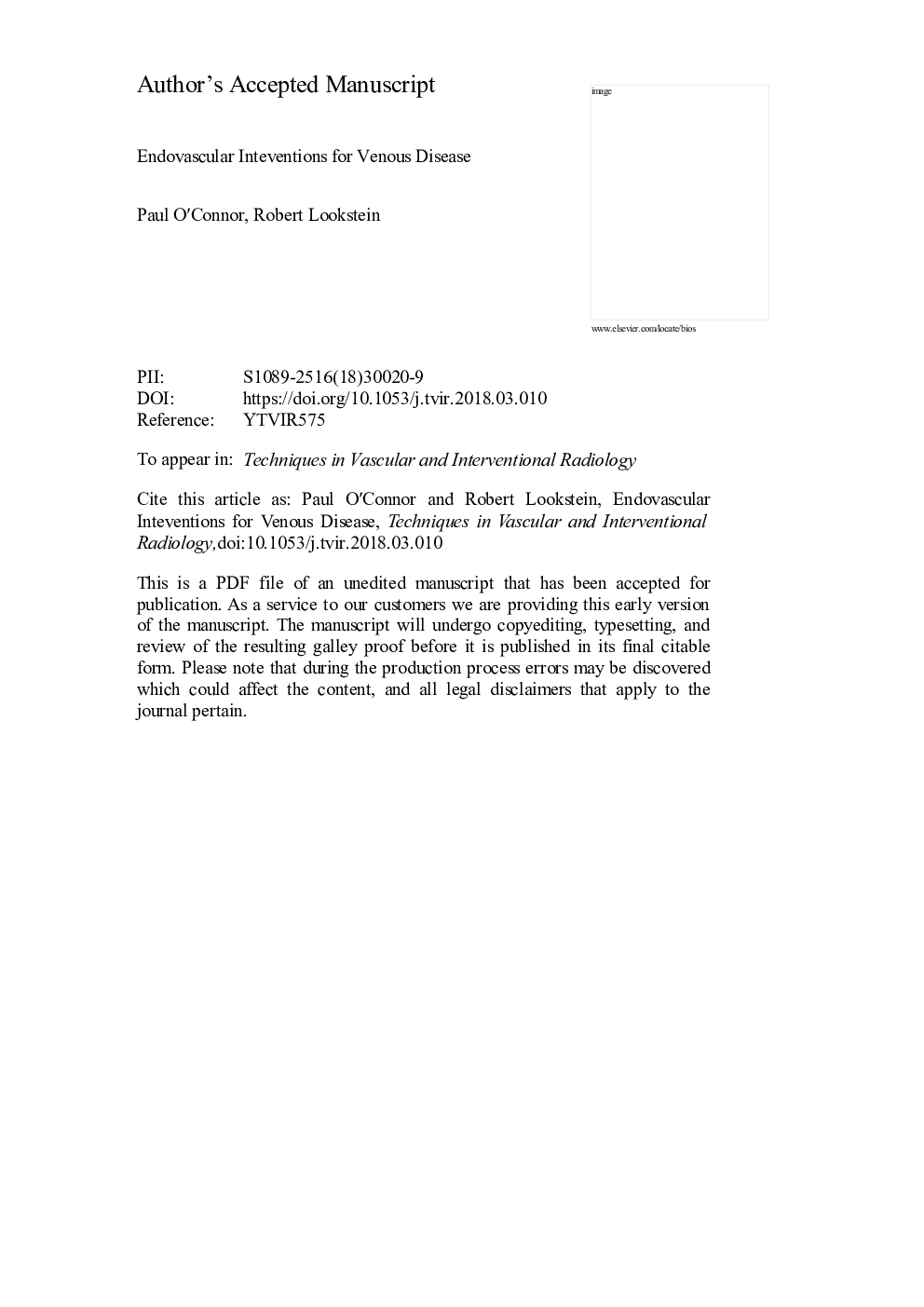| Article ID | Journal | Published Year | Pages | File Type |
|---|---|---|---|---|
| 8826212 | Techniques in Vascular and Interventional Radiology | 2018 | 27 Pages |
Abstract
Venous thromboembolism, including deep vein thrombosis and pulmonary embolism, occur in up to 900,000 people per year in the United States. Current first-line therapy consists of systemic anticoagulation with a goal to prevent additional thrombus formation. Treatment with anticoagulation alone provides less than satisfactory results with some studies showing propagation of thrombus in almost 40% of cases. Current first-line therapy does not include active removal of thrombus and does little to alleviate acute symptoms and the damaging inflammatory response that may result in postthrombotic syndrome. As the public and clinicians continue to recognize the unmet need of venous disease, endovascular therapies, such as catheter-directed thrombolysis, mechanical thrombectomy, and pharmacomechanical catheter-directed thrombolysis, have been developed to provide minimally invasive therapy while minimizing complications. The article discusses the advantages and disadvantages of endovascular interventions for venous disease.
Related Topics
Health Sciences
Medicine and Dentistry
Radiology and Imaging
Authors
Paul MD, Robert MD,
